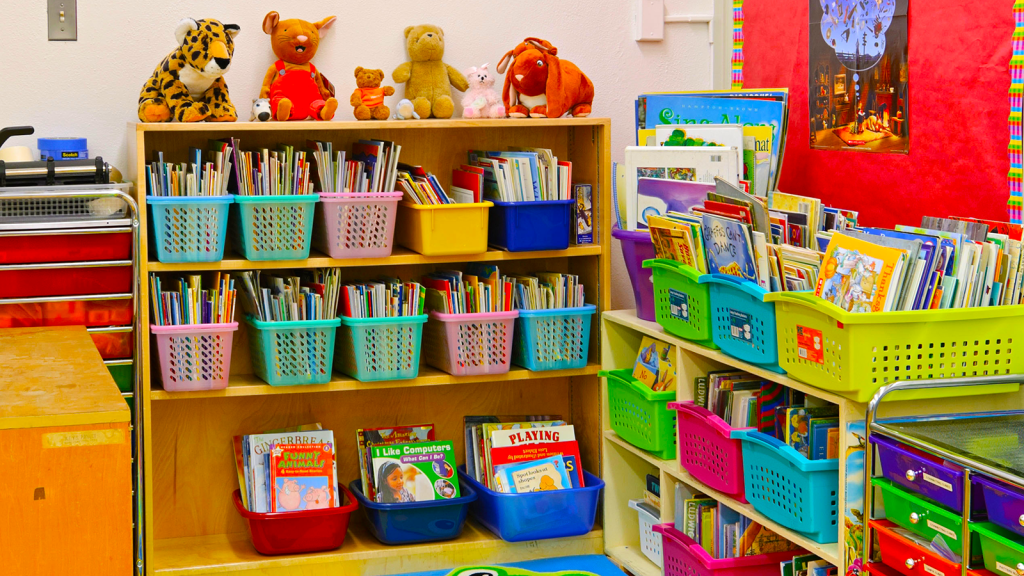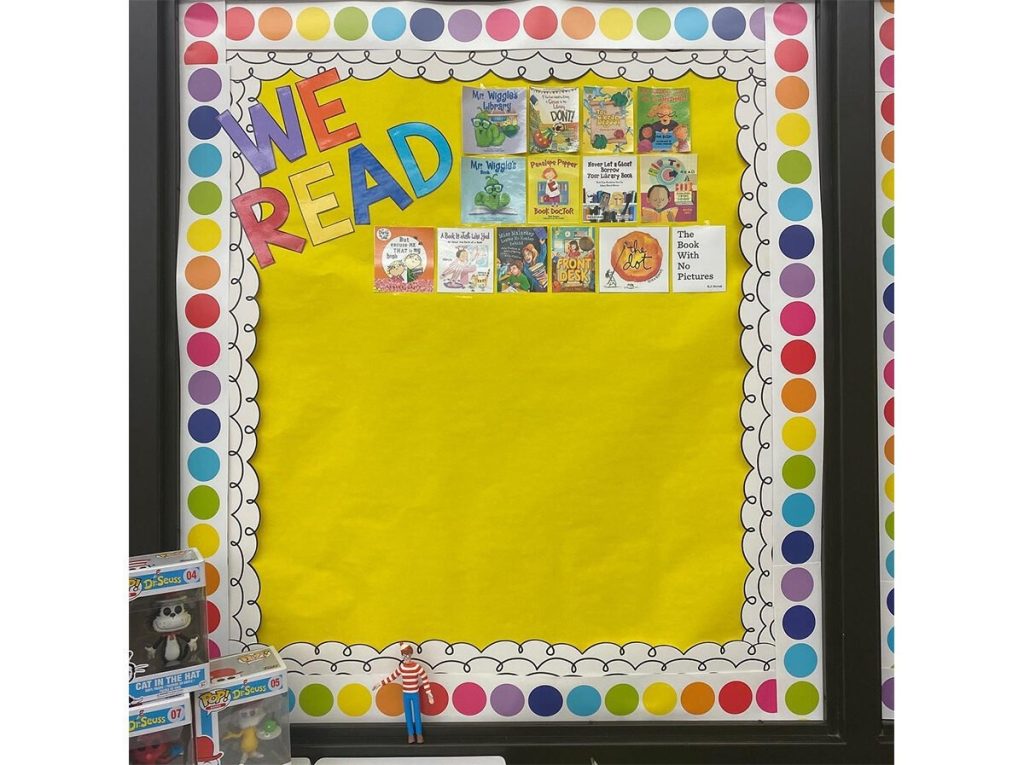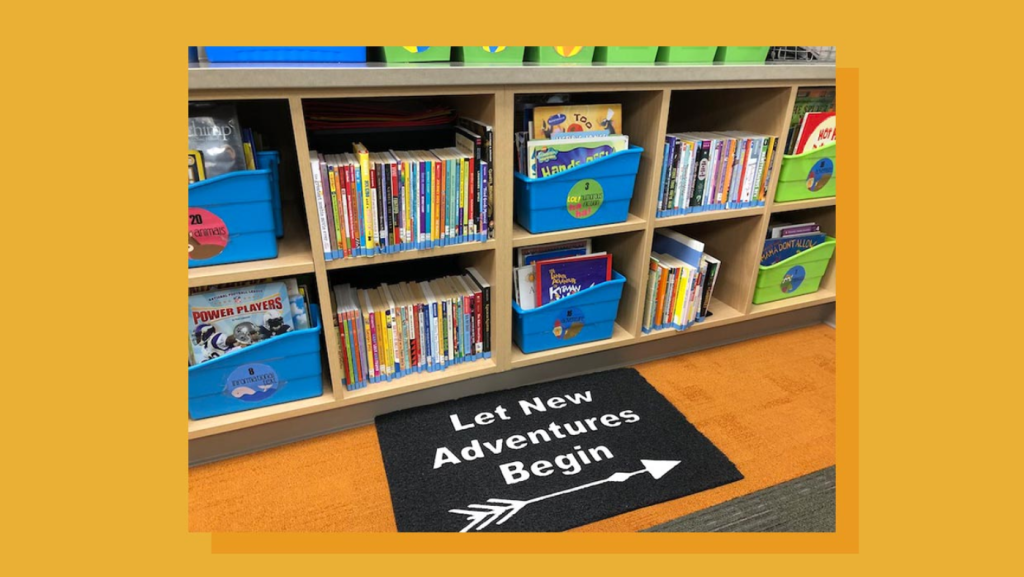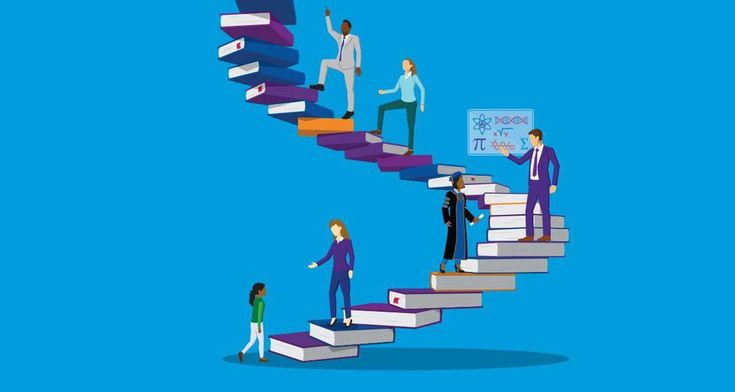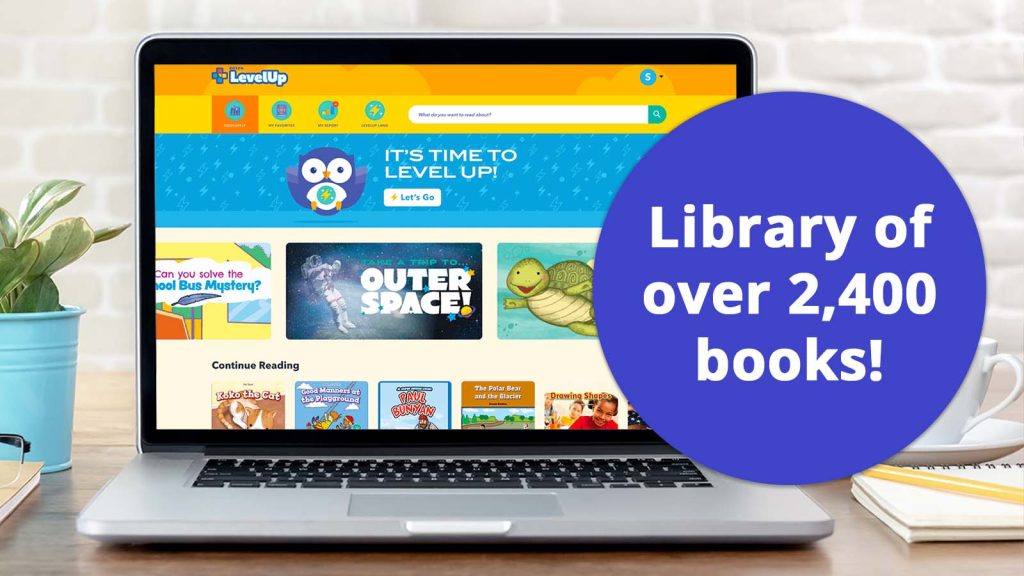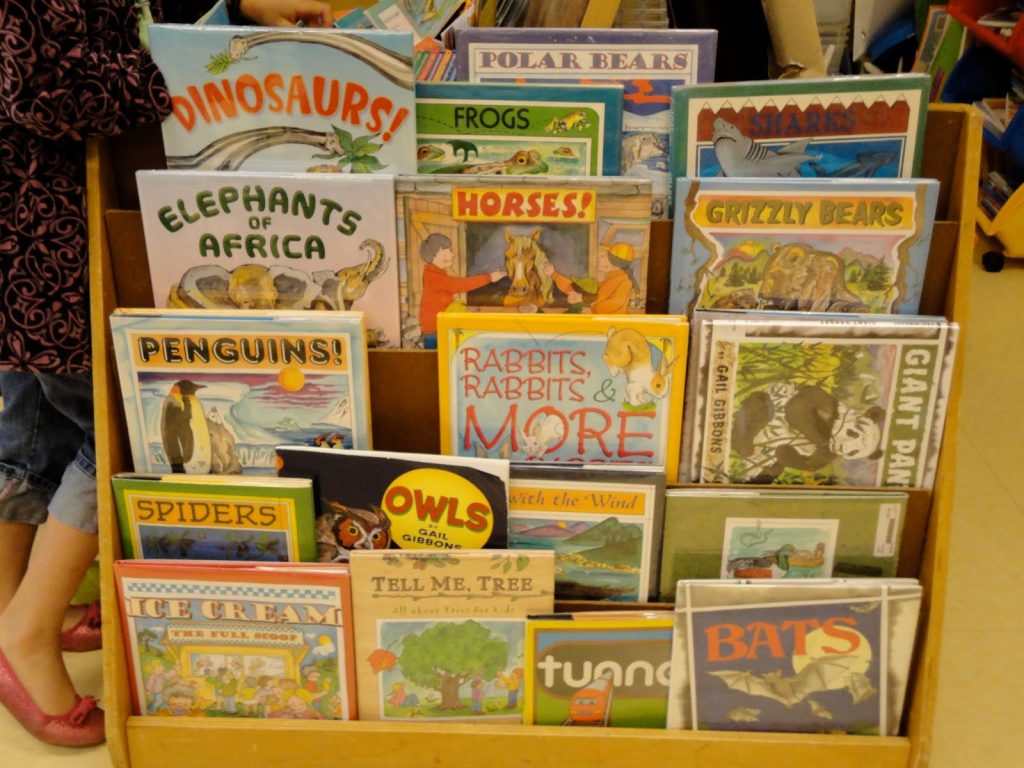Introduction:
Library time is not just about sitting quietly and reading books. It can be a wonderful opportunity for children to engage in various activities that foster creativity, learning, and social interaction. In this article, we will explore some exciting library activities for kids that will help them make the most of their time at the library.
1. Storytelling Sessions:
One of the key highlights of library time is storytelling sessions. Children of all ages enjoy listening to stories, and these sessions provide an excellent platform for them to develop their listening and comprehension skills. Libraries often have dedicated storytellers who captivate the young audience with their engaging narratives.
2. Arts and Crafts Workshops:
Libraries also offer arts and crafts workshops where children can explore their creativity and express themselves through various artistic mediums. These workshops encourage children to think outside the box and develop their fine motor skills while having fun with colors, shapes, and textures.
3. Book Clubs and Reading Challenges:
Joining a book club or participating in reading challenges can make library time even more exciting. Children can discuss their favorite books, recommend reads to their peers, and participate in fun reading challenges for rewards and recognition. These activities foster a love for reading and help children explore different genres and authors.
4. STEM Activities:
Many libraries have started incorporating STEM (Science, Technology, Engineering, and Mathematics) activities to cater to the growing interest of kids in these fields. From building structures with blocks to coding workshops, these activities promote critical thinking, problem-solving, and collaboration among children.
5. Interactive Workstations:
Libraries nowadays have interactive workstations that offer educational games, puzzles, and quizzes. These workstations provide a playful yet educational environment where children can learn while having fun. It enhances their cognitive skills, logical reasoning, and decision-making abilities.
6. Author Visits:
Occasionally, libraries invite authors to interact with children and discuss their work. These author visits create an exciting opportunity for kids to learn about the writing process, ask questions, and get inspired by their favorite authors. It helps in nurturing the love for books and writing in young minds.
Conclusion:
Library time is no longer limited to just reading books. With a wide range of activities offered in libraries, children have the chance to explore their interests, learn new skills, and make meaningful connections with books and other young readers. Engaging in library activities not only enhances their intellectual abilities but also promotes social interaction and a lifelong love for learning. Make the most of library time by encouraging your kids to participate in these exciting activities and watch them grow into avid readers and enthusiastic learners.


